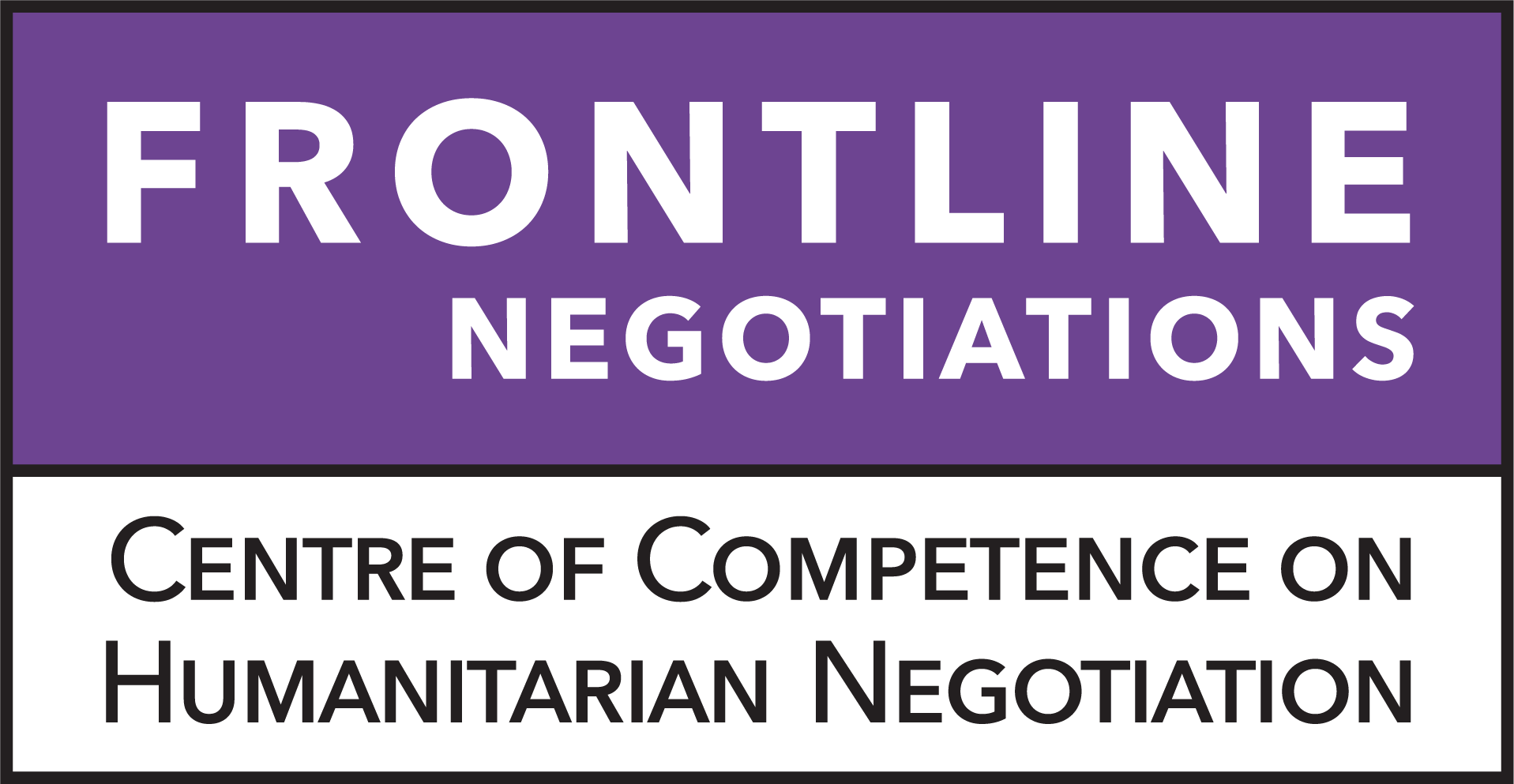
The negotiation model developed at the Centre of Competence on Humanitarian Negotiation (CCHN), called the ‘Naivasha grid,’ draws on the collective experience hundreds of humanitarian practitioners. This model—which constitutes the framework of all CCHN’s workshops—helps humanitarian negotiators systematically prepare negotiations and achieve better outcomes, but also to observe and evaluate past negotiation processes.
The CCHN’s Field Manual on Humanitarian Negotiation, our main resource, will guide you through the application of the Naivasha grid, which works as a map to plan the roles, tasks and responsibilities of the entire negotiation team. A set of other publications support the Field Manual: the Negotiator Handbook, the Facilitator Handbook, negotiation tool templates, and online case studies.
Negotiation toolkit
Field Manual
The CCHN Field Manual presents the Naivasha grid, a systematic and organised approach for conducting your humanitarian negotiations.
Negotiation tool templates
Apply the CCHN methodology to your own negotiation by filling out our negotiation tool templates with your team.
Case studies
Explore our case studies and learn how to apply the tools presented in the CCHN Field Manual to a real-life negotiation.
Our method
Drawing on the collective experience hundreds of humanitarian practitioners, we developed a negotiation model, called the ‘Naivasha grid.’
This model—which constitutes the framework of all CCHN’s workshops—helps humanitarian negotiators systematically prepare negotiations and achieve better outcomes, but also to observe and evaluate past negotiation processes.
The grid works as a map to plan the roles, tasks and responsibilities of the entire negotiation team.
Publications
At the CCHN, humanitarian practitioners come together to develop concrete solutions to current negotiation challenges. Once they do, they test, adapt and share them with the wider CCHN community. Some of the outcomes of this work include strategic negotiation tools, guidelines and learning modules. If you have any questions regarding our research outcomes and guidance, contact us at [email protected].
